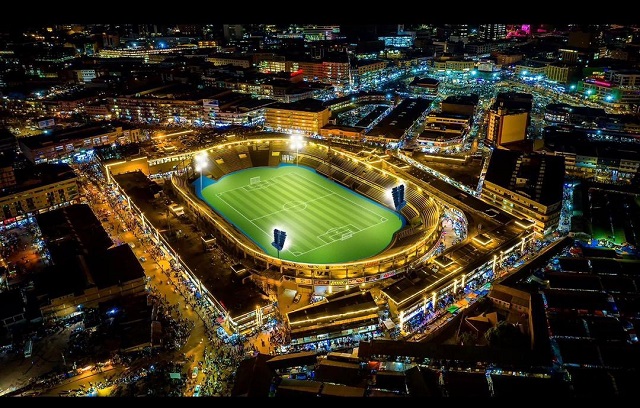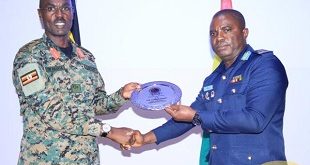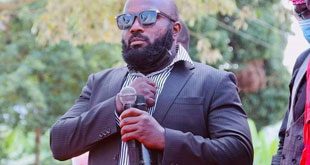
Kampala, Uganda | THE INDEPENDENT | On Monday, Hamz Stadium Nakivubo management announced that the International Football governing body, FIFA, had officially certified the turf system installed at the stadium.
The statement, signed by FIFA President Gianni Infantino, confirmed that the stadium’s playing field now meets international standards.
“We are pleased to announce that the World Football governing body FIFA, has certified the turf system installed at HAMZ Stadium- Nakivubo. The Field certificate signed by the FIFA President Mr. Gianni Infantino is already in our possession”. Read a statement from Rogers Mulindwa, the Chairman of the Management Committee of the stadium.
The announcement sparked excitement among soccer fans who have long seen Nakivubo as a potential solution to Uganda’s soccer infrastructure challenges.
The stadium, which reopened four months ago, had faced scrutiny over whether its turf met the criteria for hosting international events, including AFCON, CAF Champions League, and World Cup qualifiers. Despite its reopening, Nakivubo had not been considered by Ugandan Premier League teams for international competitions.
Kitara FC, for example, opted to play their home games in Libya due to the unavailability of the Mandela National Stadium (Namboole). Similarly, SC Villa had to negotiate until the last moment to use Namboole, which had just undergone renovation.
It was later revealed that Nakivubo’s turf system had not been approved by FIFA or CAF, preventing it from hosting official international matches.
FUFA Deputy CEO in charge of Football, Decolus Kiiza thanked the stadium management for listening for advice from FUFA and fixing what was missing because initially, the rejection was because there was something that was not put right in the laying of turf and when it was finally put right, there is no way FIFA would refuse.
Although Kiiza could not reveal to URN what exactly had gone wrong, URN understands that stadium contractors had not considered installing a shock pad below the turf system and without that shock pad, CAF/FIFA could not certify the stadium.
A shock pad is an underlay that is laid beneath artificial grass (turf) in stadiums to improve the safety and playability of the surface. It is typically composed of rubber, cork, rubber cork, felt, or foam.
The primary role of a shock pad is to reduce the hardness of the ground which is dangerous to players. This underlay provides a cushion, minimizing the hardness of the playing field and enhancing safety for athletes.
With Nakivubo’s turf system now certified, questions have emerged regarding its role in future major tournaments, particularly the 2027 Africa Cup of Nations (AFCON), which East Africa will host.
Although some reports had suggested that the stadium might not meet CAF’s stringent standards, the management has consistently objected to these reports, confidently saying that Nakivubo is part of Uganda’s larger plan for hosting the tournament.
Kiiza told URN that indeed Nakivubo was part of the facilities they submitted to CAF to be considered in their bid for AFCON. “It is not true that it was not included, it was included, we have inspected it, several times, the CAF inspectors have given advice and it is through this that the final stage has finally come,” Kiiza said.
However, when asked about the possibility of Nakivubo hosting the upcoming African Nations Championship (CHAN) in February next year, Kiiza clarified that it was too late for CAF inspectors to make further recommendations for the event.
He explained that while the FIFA certification is an important milestone, it currently applies only to the playing surface. Other areas of the stadium must also meet CAF’s requirements for it to be fully approved to host major continental games.
Kiiza explains that currently, the rule is clear, such a tournament cannot be played under artificial turf. However, he remains optimistic that removing the artificial turf and getting to natural grass which is a requirement takes not more than six months.
Kiiza also maintained that; once the natural grass is installed, the other requirement can also be fixed.
****
URN
 The Independent Uganda: You get the Truth we Pay the Price
The Independent Uganda: You get the Truth we Pay the Price



